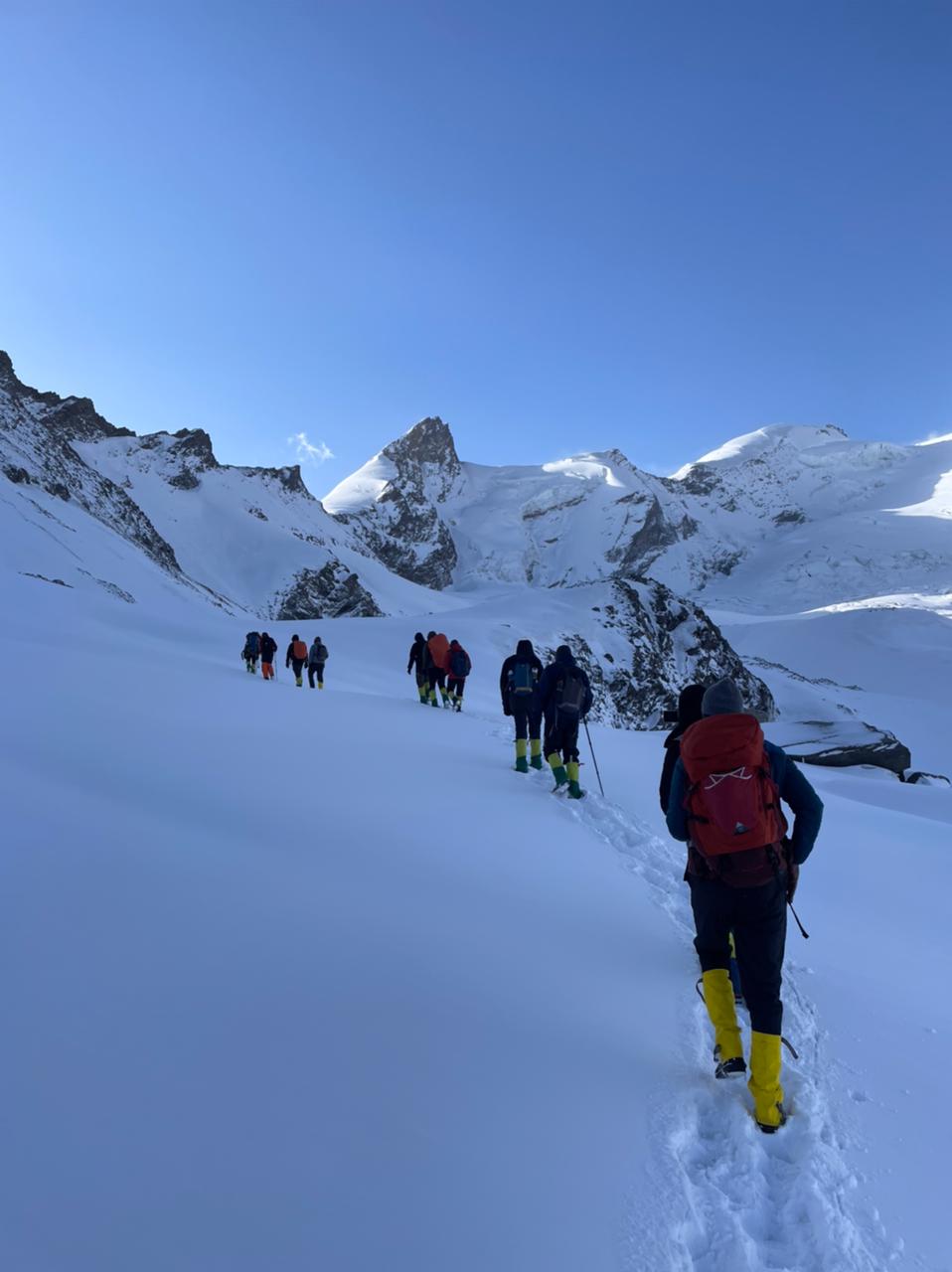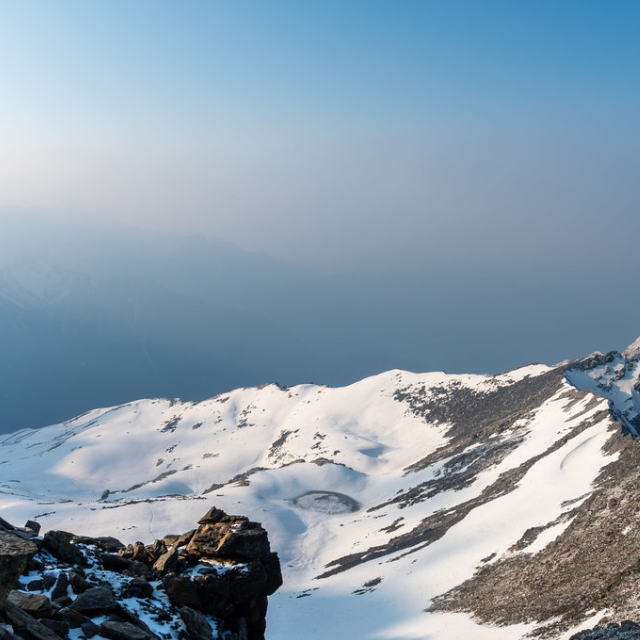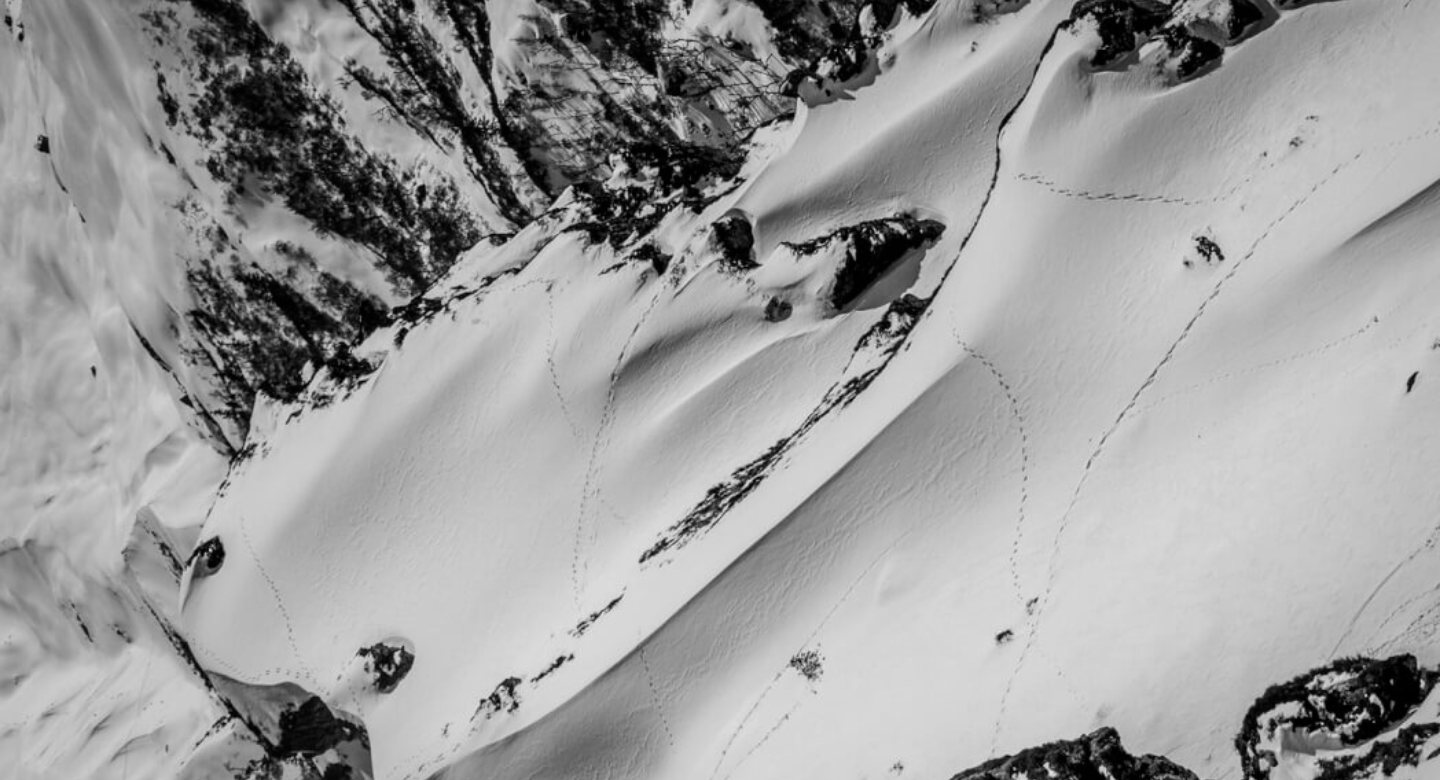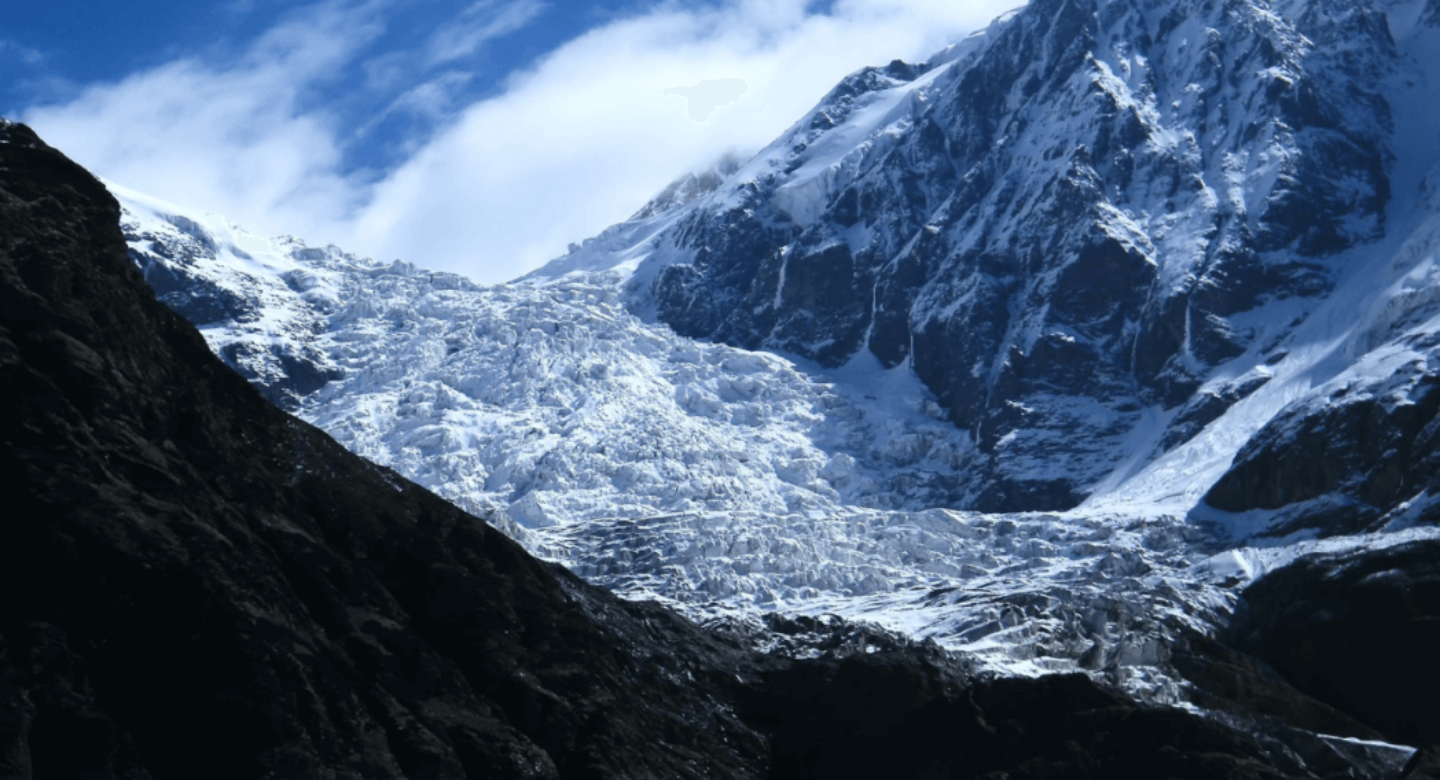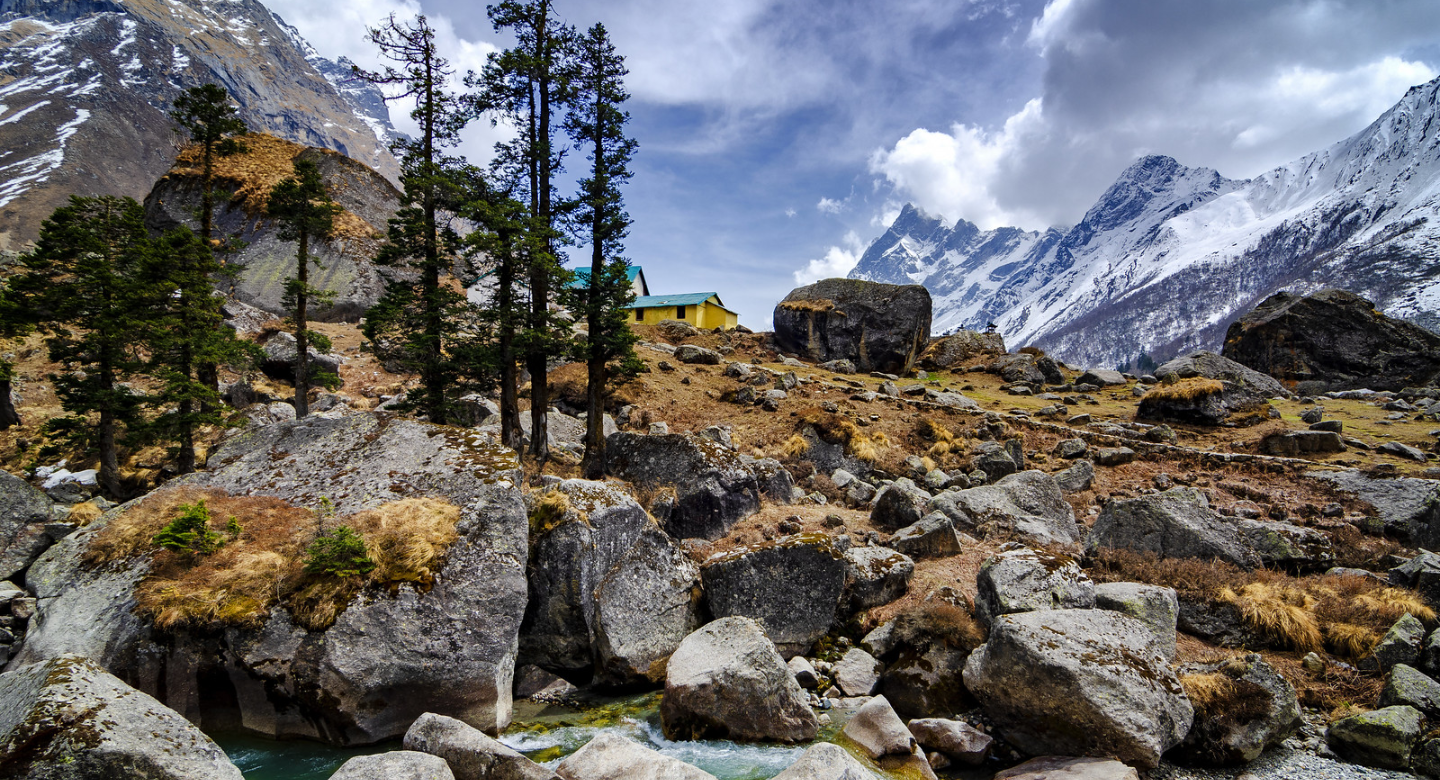
Valley of Flowers
6 Days
37 Km
14,100 ft
18+
Moderate
Take an exquisite journey to the Valley of Flowers, a UNESCO World Heritage Site tucked in the Himalayas. This trip provides an unforgettable experience with its stunning views, bright carpets of over 600 flower species, and clean terrain. As you cross snow bridges and stone-paved trails, you'll see flowing waterfalls, peaceful rivers, and a diverse range of flora and animals, including rare species such as the blue poppy and Himalayan monal. The Valley of Flowers is ideal for nature lovers, photographers, and adventure seekers, offering a revitalizing vacation into one of nature's most gorgeous paradises.
Why this Trek?
- Carpet of Colors: Experience unparalleled floral diversity with over 600 species of flowers, including rare orchids, poppies, and primulas.
- Nature's Beauty: Enjoy scenic trails with breathtaking views of the Himalayas and lush green forests.
- UNESCO World Heritage Site: Visit a globally recognized site known for its exceptional natural beauty and biodiversity.
- Photographer's Dream: Capture stunning landscapes featuring vibrant flowers, majestic mountains, and crystal-clear streams.
- Spiritual Retreat: Reconnect with nature in the valley's serene environment, perfect for meditation and introspection.
Included/Excluded
Select Dates
Guest in maximum
BOOK NOWItinerary for
Valley of Flowers
Day 01

Day 02

Day 03

Day 04

Day 05
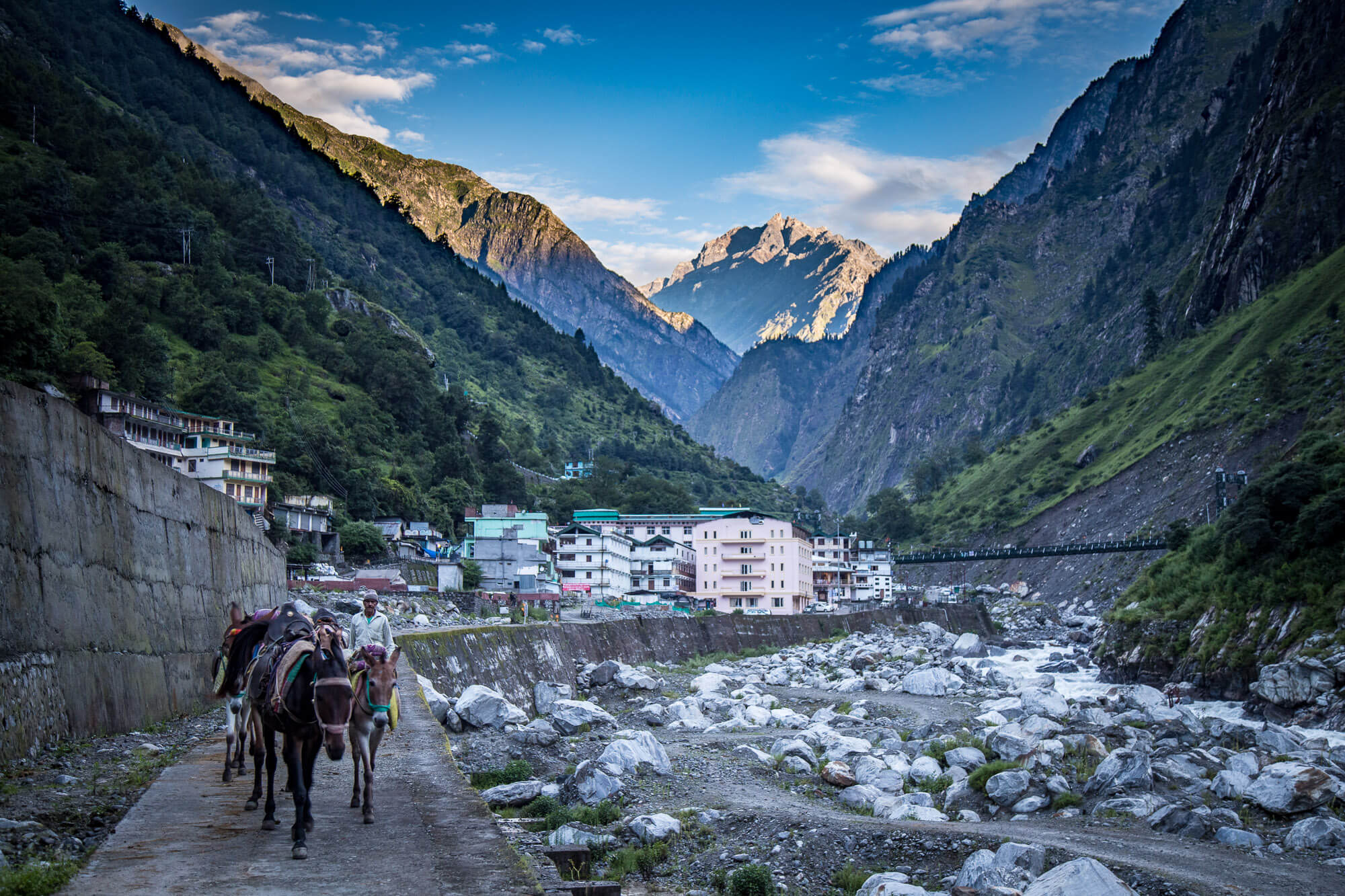
Day 06
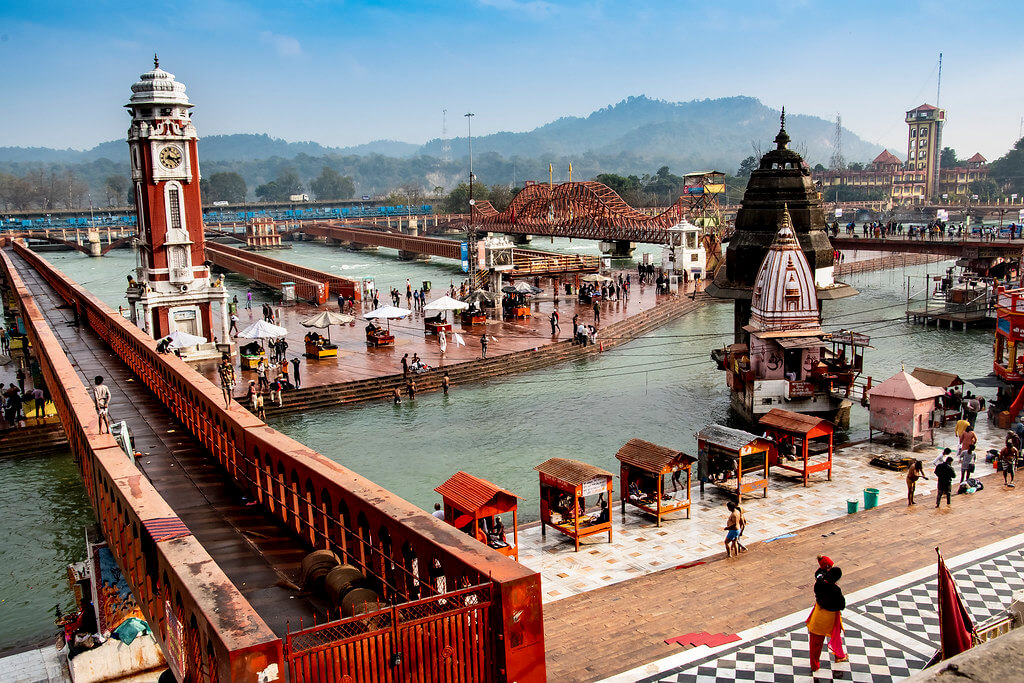
Complete Valley of Flowers Information
The best time to visit the Valley of Flowers is between July and September. During these months, the valley transforms into a vibrant landscape with over 600 species of blooming flowers. July offers a mix of melting snow and budding blooms, August brings peak floral diversity amid lush greenery, and September provides clear skies and a serene atmosphere. Daytime temperatures range from 10°C to 18°C, while nights can drop to 3°C to 5°C.
By Flight
The nearest airport to Rishikesh is Jolly Grant Airport in Dehradun, located about 20 kilometers away. This airport is well-connected to major cities like Delhi, Mumbai, and Bangalore through regular flights. Upon arrival at the airport, you can take a taxi, which takes approximately 45 minutes to reach Rishikesh. Alternatively, local buses might be available but are less frequent.
By Train
Rishikesh has its own railway station, Rishikesh Railway Station, which is conveniently located in the city. While this station handles limited trains, the nearby Haridwar Junction, just 25 kilometers away, offers excellent connectivity to major cities like Delhi, Kolkata, and Mumbai. From Haridwar, you can hire a taxi or take a local bus to Rishikesh, which takes around 30–45 minutes. Trains like the Yoga Express and Dehradun Express are popular choices for travelers.
By Bus
Rishikesh is well-connected by road, and buses are a convenient option. From Delhi, which is about 240 kilometers away, both private and state-run Volvo buses operate from Kashmiri Gate ISBT. The journey takes approximately 6–7 hours, depending on traffic conditions. Additionally, regular buses from nearby cities like Dehradun and Haridwar make reaching Rishikesh easy and affordable.
Pack smart, trek safe!
Ensure you're prepared for every adventure with this essential checklist of gear and supplies. Whether you're a beginner or a seasoned trekker, the right equipment makes all the difference. Download checklist's pdf here
Basic Gear
| Backpack with Rain Cover | (40 - 50 ltr) Comfortable Shoulder Straps |
| Day pack with Rain Cover | 20 - 30 ltr (If off-load opted) |
| Walking stick | Advisable (At least one) |
| Water Bottle / Hydration pack | 2 Bottles(1 liter each), Hydration Pack 1 (Pack) + Bottle |
| Small size tiffin/lunch box | 1 Nos |
| Snacks | Energy bars, dry fruits, electral/ors |
| Personal Medical Kit | Consult your doctor |
Clothing
| T-Shirt (Synthetic quick dry) | 1 Full & 1 Half sleeves |
| Fleece T-shirt | 1 Nos |
| Wind stopper / Fleece jacket | 1 Nos |
| Windproof Jacket | 1 Nos |
| Down feather / Hollow jacket | 1 Nos |
| Thermal inner (Upper and Lower) | 1 Nos |
| Trek Pant (Synthetic quick dry) | 1 Nos |
| Wind stopper / Fleece Pant | Not required |
| Waterproof gloves | Not required |
| Fleece / woollen gloves | 1 Pair |
| Poncho / waterproof Jacket and pant | 1 Nos |
Head Gears
| Head torch | 1 Nos. (Avoid Hand torch) |
| Sun cap | 1 Nos. (One that covers the neck as well) |
| Woolen cap | 1 Nos. |
| Balaclava | Not required |
| Buff / Neck-gaiters | 1 Nos |
| Sunglasses | UV with dark side cover, People who wear spectacles - (A)- Use contact lenses | (B)- Photo chromatic glasses |
Foot Gears
| Trekking shoes | 1 Pair (Waterproof, high ankle with good grip) |
| Floaters / flip-flops | 1 Pair |
| Cotton socks | 6 pairs |
| Woollen socks | 1 pairs |
| Gaiters | 1 Pair (TTH provides when required) |
| Micro spikes | 1 Pair (TTH provides when required) |
Personal Utilities
| Sunscreen cream | 1 Nos |
| Moisturiser | 1 Nos |
| Chap-stick / Lip balm | 1 Nos |
| Toothbrush and toothpaste | 1 Nos |
| Toilet paper & Wipes | 1 Nos |
| Soap / hand sanitizers | 1 Nos |
| Antibacterial powder | 1 Nos |
| Quick dry towel | 1 Nos |
At Scoutripper, we understand that plans can change. You can reschedule your booking up to 24 hours before your experience begins. Changes are subject to availability and any applicable price adjustments. Rest easy knowing your adventure is flexible!
At Scoutripper, we value flexibility but also adhere to clear cancellation guidelines:
- Full Refund: Cancel at least 6 full days before the experience starts.
- 50% Refund: Cancel between 2 and 6 full days before the start time.
- No Refund: Cancellations made less than 2 full days before the experience start time will not be refunded.
Additionally:
- Changes are not accepted less than 2 full days before the experience begins.
- Cut-off times are based on the local time of the experience.
- Some experiences require a minimum number of participants. If the minimum isn’t met, you’ll receive a full refund or the option to reschedule.
Enjoy peace of mind with our clear and transparent policies!
Last ATM Information
- Joshimath is the last town where you’ll find ATMs from major private and public sector banks, some with branches.
- Cash availability in Joshimath ATMs can be limited, so it’s better to withdraw cash from Rishikesh.
- Recommended cash to carry: Rs 4,000-5,000 for transport, rental gear deposits, and personal expenses.
- If planning a visit to Badrinath after the trek, carry additional cash.
FAQs about
Valley of Flowers
The best time to visit is between July and September when the flowers are in full bloom, transforming the valley into a vibrant, colorful landscape.
The trek is considered moderate, with a mix of gradual and steep ascents on stone-paved paths. It is suitable for beginners with good physical fitness.
Pack essentials such as sturdy trekking shoes, warm clothing (3 layers), rain gear, a first-aid kit, water bottles, snacks, and a camera. Lodges provide warm blankets.
No, camping inside the Valley of Flowers is not allowed. Trekkers stay in guest houses at Ghangaria, the base camp for the trek.
You can reach the base camp by flying to Dehradun or Delhi, then taking a bus or taxi to Rishikesh. From Rishikesh, you drive to Govindghat and then trek to Ghangaria.
Basic medical facilities are available at Ghangaria, but it's advisable to carry a personal first-aid kit and any necessary medications.
You may encounter a variety of flora and fauna, including the Himalayan monal, snow leopards, and numerous species of birds and butterflies.
Yes, the trek is suitable for solo travelers. However, it's recommended to join a guided trek for safety and companionship.
Yes, the trek to Hemkund Sahib can be included in your itinerary. It involves a steep ascent and offers spiritual and scenic experiences.
Accommodation is provided in shared guest houses at Ghangaria. These are basic but comfortable, with essential amenities and warm blankets.


